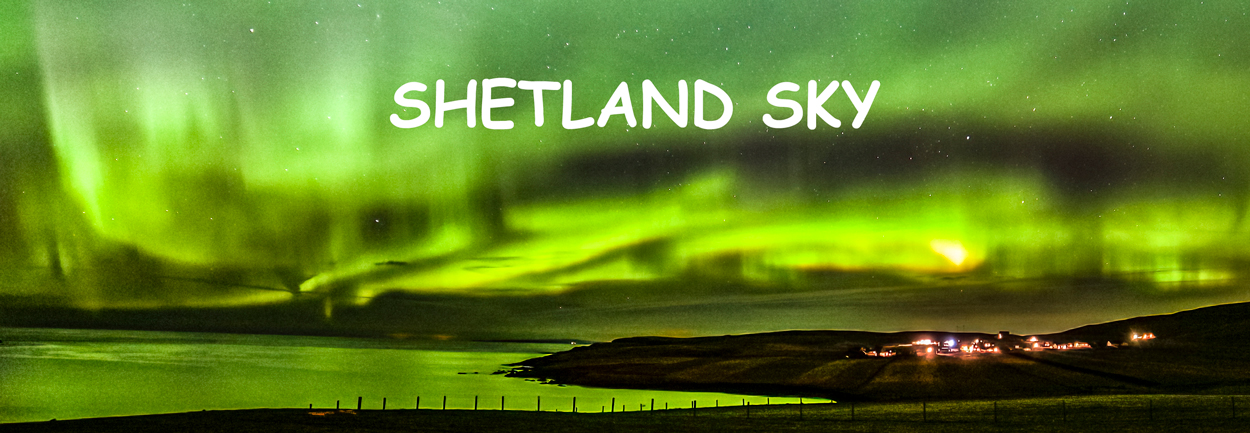Although we didn't see an Aurora we did get some clear skies which revealed a multitude of stars
The Moon provided some nice light for the landscape, although some people prefer no moon when photographing stars I prefer about 30-40% full
The Moon was surrounded by a halo which added a bit more drama to the scene. St Ninian's always provides a good night time / daytime landscape
Light pollution is getting to be a problem everywhere, even barns(above) have powerful lighting which tends to stay on all night, wish they would at least have them on a sensor but I expect the wind would trigger them off on a regular basis
I love moonshine and the position of the moon just gave enough light to bring out the tombolo. Even shooting at ISO2000 f/2.8 15 seconds not too much noise is showing on the Nikon D610
The Milky Way was showing to the north west, above Ireland (yes we have one in Shetland)
Although it was very cold and windy I was pleased with the photos, no one else came down so I had the place to myself. With the Aurora getting less frequent due to the Solar minimum we will have to be content with looking at the stars, something I always enjoy doing. It never ceases to amaze me that you can photograph something that are thousands/ Millions of miles away and that some star have long gone.
Don't forget to join us on facebook at Shetland Aurora Hunter- just send me a request to join
























